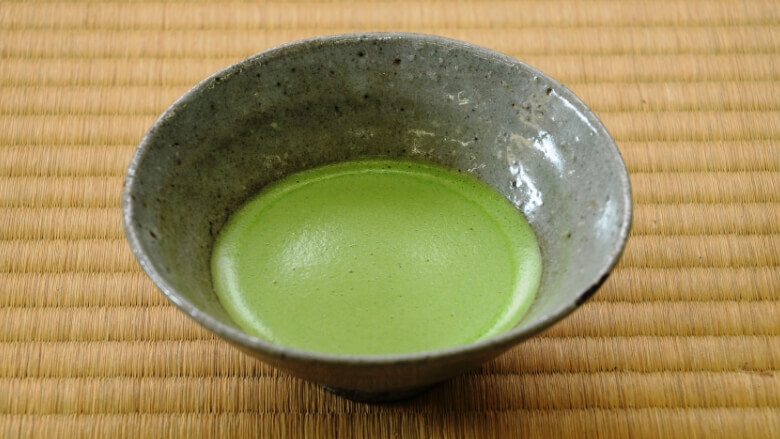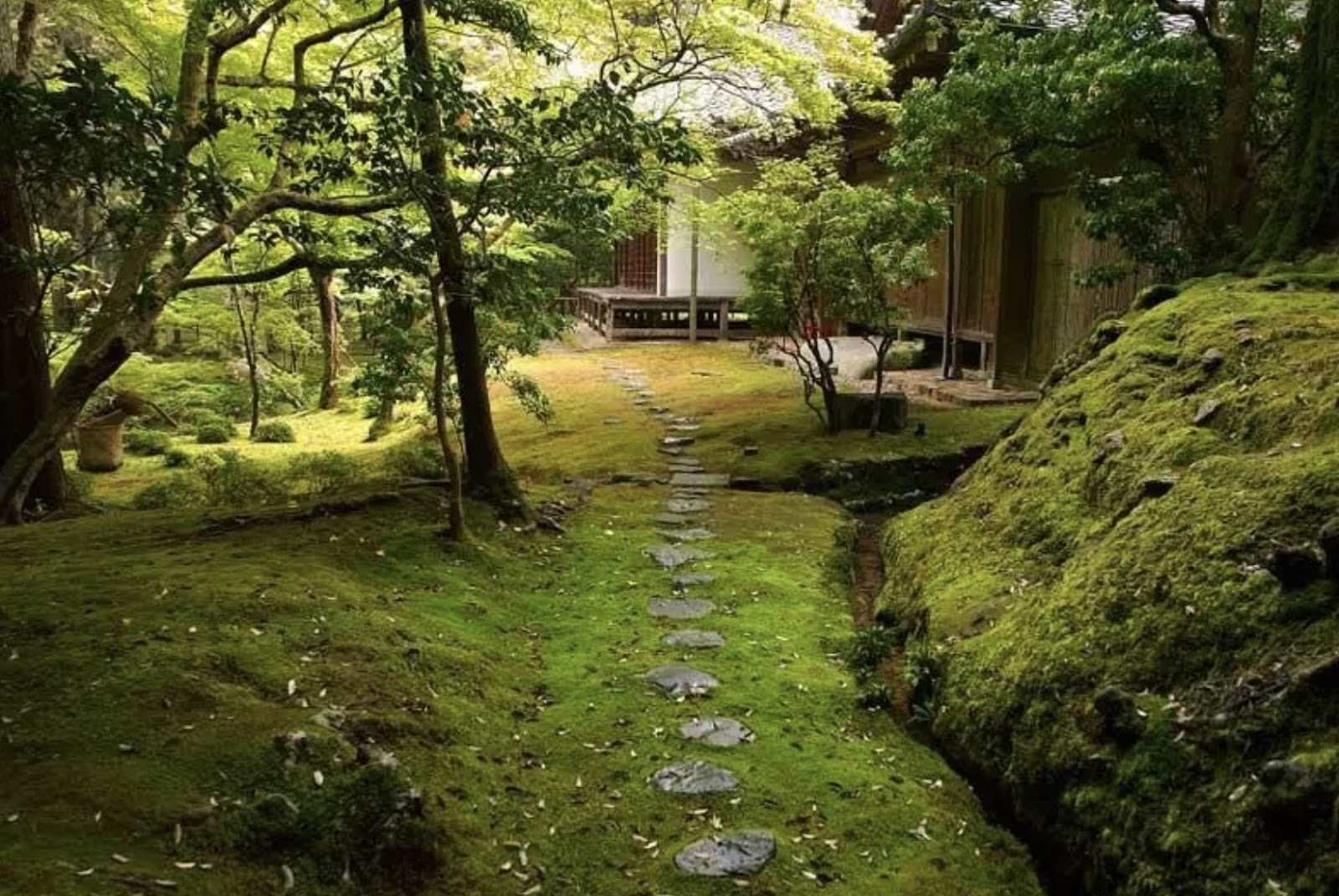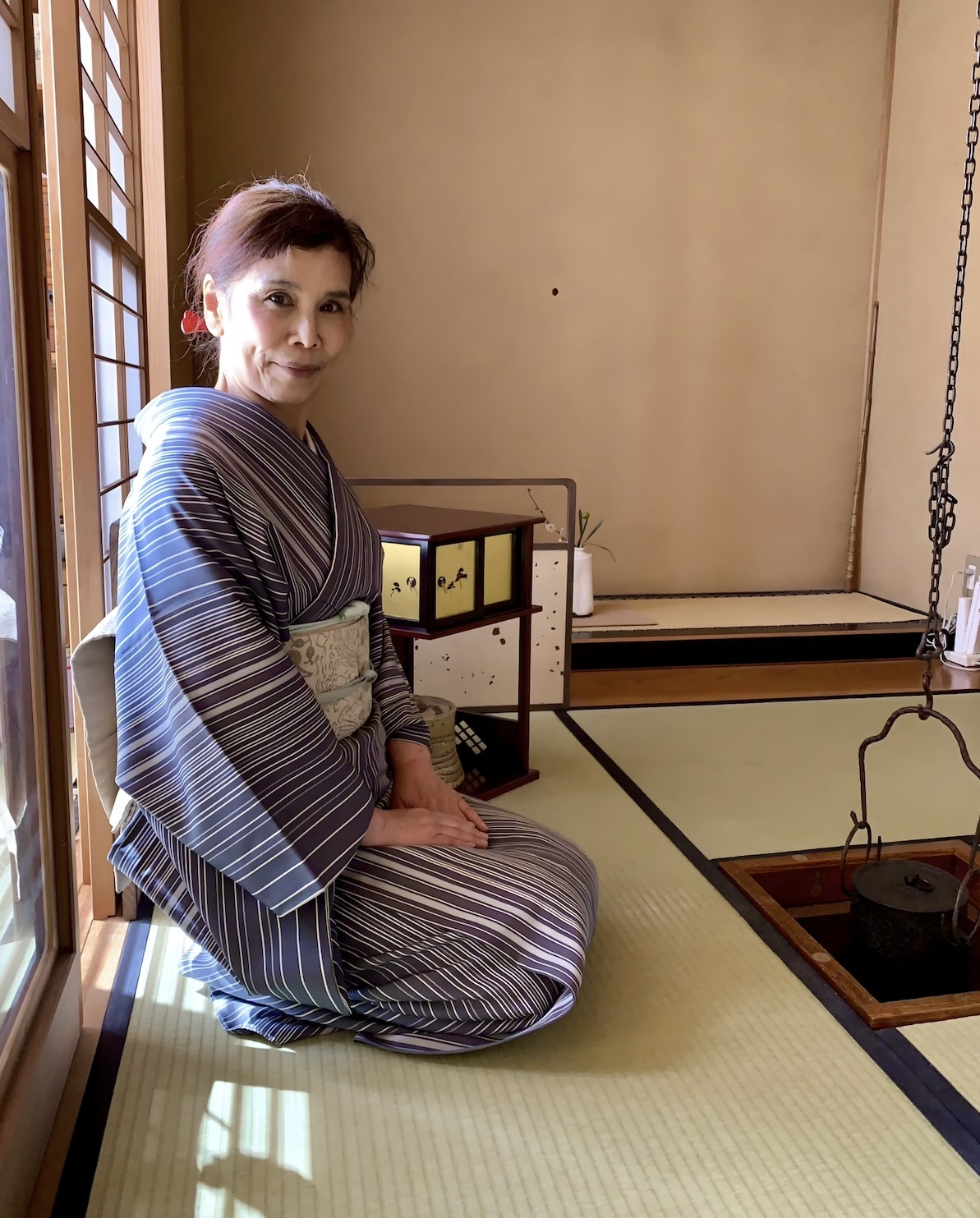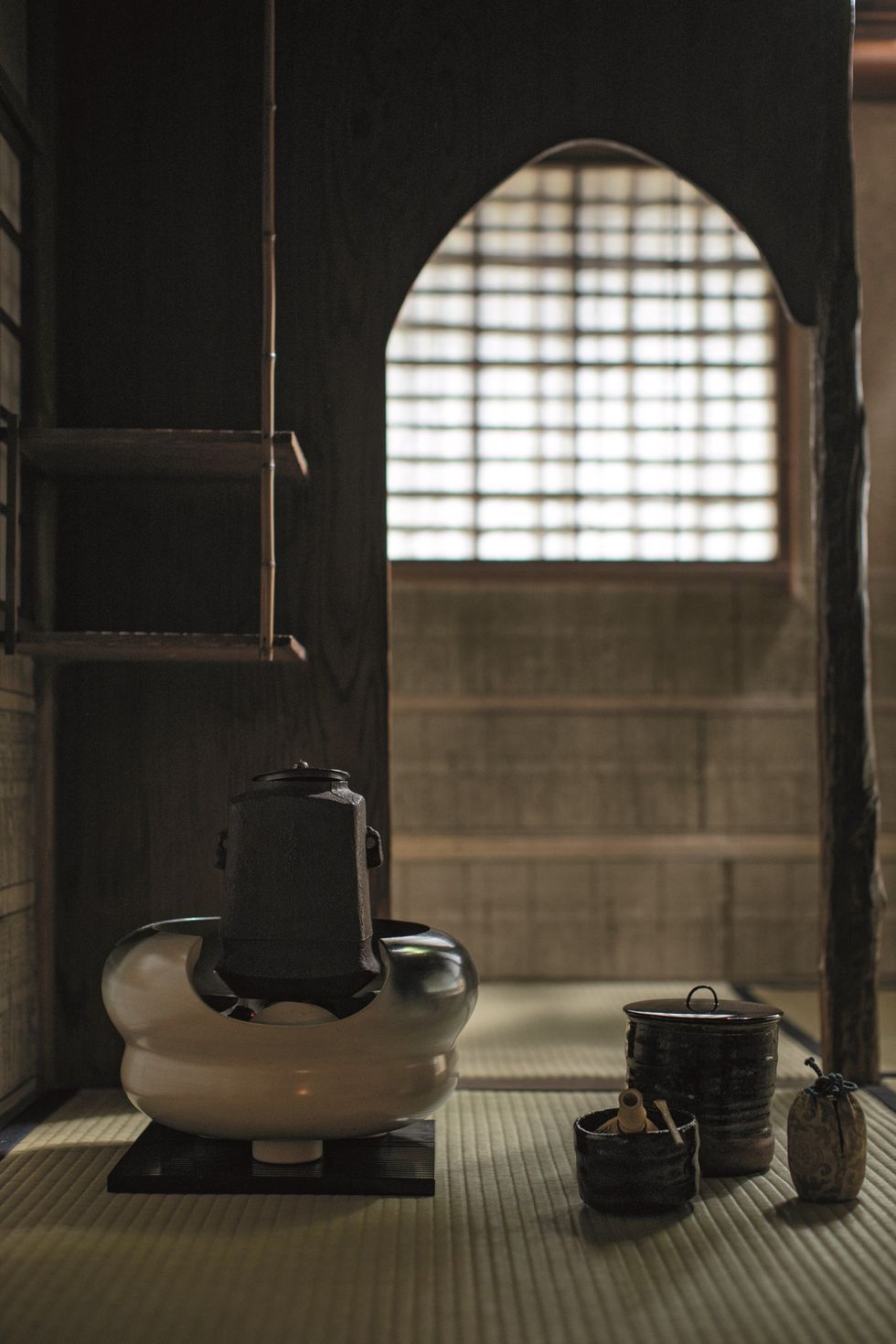Chanoyu – The Way of Tea

Chanoyu—the Japanese Way of Tea—is a sacred dance of presence. A bowl of matcha prepared with reverence becomes more than a drink. It becomes a mirror. A path. A portal into the ineffable stillness at the heart of all things.
Rooted in Zen Buddhism, Chanoyu evolved through centuries of devotion into a form so refined that every gesture—pouring, whisking, bowing—becomes a mudra. Every object, no matter how simple, becomes a symbol of the sacred. The practice is precise, yet never rigid. It is alive with warmth, intimacy, and humility.

The Four Principles of Tea
Passed down through the teachings of Sen-no Rikyu, the four foundational principles of tea guide every aspect of practice:
- Wa (Harmony): Living in accord with people, nature, and things, allowing beauty to emerge from interconnection.
- Kei (Respect): Honoring all beings and objects with sincerity and humility.
- Sei (Purity): Cultivating clarity within and without—through cleanliness, intention, and inner presence.
- Jaku (Tranquility): Entering a stillness beyond words, born from practice and rooted in letting go.
These principles are not merely ideals. They are invitations. Each time we prepare tea, we step into a world where these values are not abstract—but lived, embodied, and shared.

Tea and the Path of Awakening
In my own journey—from Zen temples in Japan to the tantric valleys of Tibet—I have found no contradiction between these worlds. Chanoyu is not separate from Vajrayana. It is a different doorway into the same sacred space. The same clarity, the same tenderness, the same glimpse of selflessness that arises in deep meditation can be found in the simple act of offering a bowl of tea.
As we bow before the kettle, arrange the utensils, and feel the warmth of the cup in our hands, something inside softens. The mind stills. The heart opens. Time itself seems to pause—and in that pause, we taste what Dogen called “the dropping away of body and mind.”

The tearoom becomes a sacred mandala. The preparation becomes a sadhana. And the bowl of tea becomes a mirror reflecting the goodness that has always been here, waiting quietly for us to notice.
“To serve tea with full presence is to reveal your true nature. Nothing added. Nothing missing. Just this one moment, complete and luminous.”